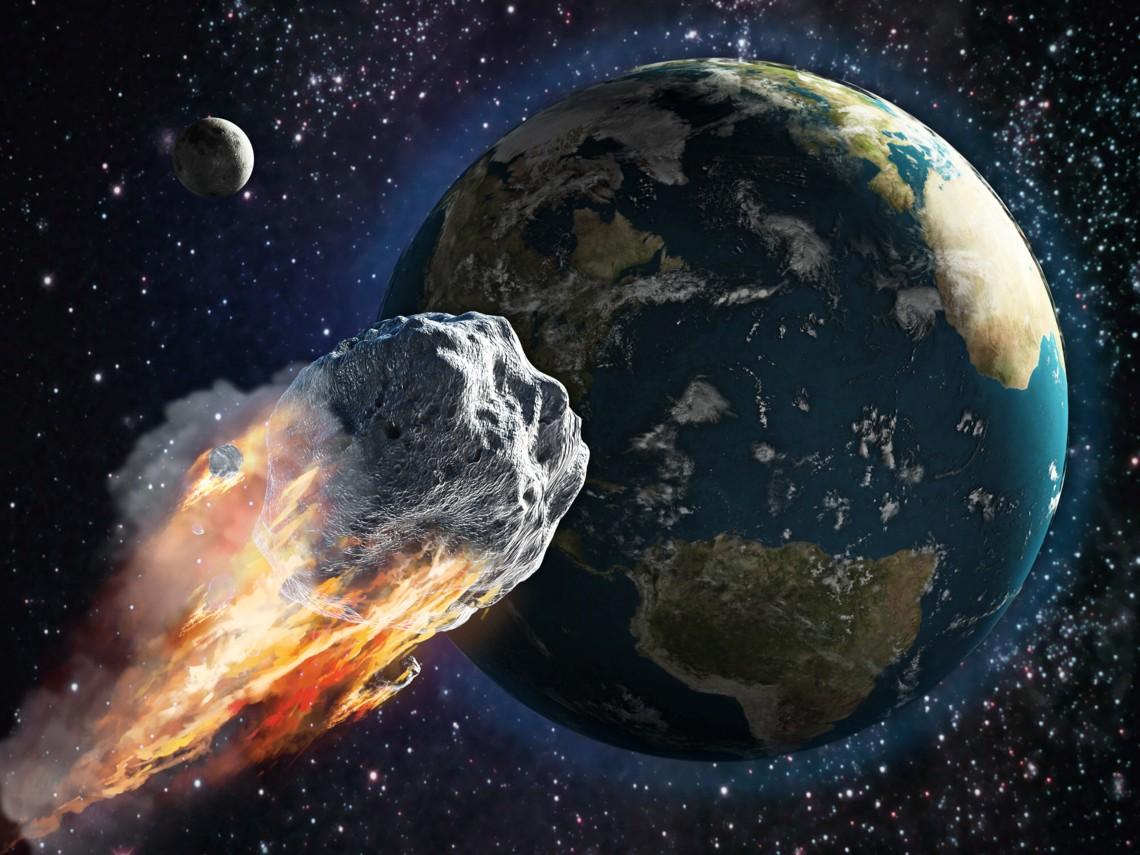A big asteroid will come close to Earth in April
The asteroid is as big as Mount Everest. Is humanity in danger? NASA is reassuring that there is no need to worry.
On April 29, an asteroid between 1.8 and four kilometres in diameter will come close to Earth, but is not expected to hit our planet, fortunately. If it did - which is not going to be the case - the asteroid is "big enough to cause global effects," according to NASA.
The asteroid, named 52768 (1998 OR2), was first seen in 1998 and catalogued by Sentry as a potentially dangerous object because it was passing close to Earth’s orbit. NASA’s Sentry System is "a highly automated collision monitoring system that continuously scans the most up-to-date asteroid catalogue for possible future impacts on Earth over the next 100 years". However, over the years, NASA removed this asteroid from the list of threats because there is no danger of impact. It will pass at a distance of 6,289 kilometres from the Earth, that is, more than 16 times the average distance from the Earth to the Moon and at a speed of about 30,000 kilometres per hour.
The overflight is expected to take place on Wednesday, April 29, at 4:56 a.m. ET, according to NASA’s Center for Near-Earth Object Studies, which is responsible for tracking near-Earth objects that could collide with our planet.
What is so interesting about this asteroid?
In short, because it is an object of significant size. Assuming that it is a stony asteroid reflecting sunlight on a regular basis, 1198 OR2 will not come near us again until April 16, 2079, and even then it will be further away than the Moon, so it presents itself as a good opportunity to study it.
The discovery of the asteroid occurs just after last month’s installation of the new state-of-the-art hardware for data analysis and computing that accelerates our search for near-Earth objects. This shows that our efforts to find near-Earth objects are paying off, explained NEAT project director Steven Pravdo of NASA’s Jet Propulsion Laboratory (JPL).
Although the threat of an asteroid collision is slim at the moment, NASA administrator Jim Bridenstine warned that there is a possibility of a deadly asteroid appearing in the near future. "It’s not about Hollywood, it’s not about movies,” said Bridenstine. "Ultimately, it’s about protecting the only planet we know, right now, to host life".
We might believe that we are in a safe place within our solar system, with Jupiter capturing many of the asteroids that are passing by, but the gas giant will not be able to catch them all and, in fact, we have some examples in Earth’s history. Millions of years ago, when dinosaurs roamed the Earth’s surface, a large asteroid struck an area that is currently the Yucatan peninsula of Mexico. The consequences were devastating for our planet: all forms of life were extinguished, either by the explosion or by the lack of sunlight. The impact generated a large amount of ash that rose to the atmosphere, blocking sunlight for hundreds of years.
Perhaps by the time such a scenario is repeated, humanity will have developed tools advanced enough to deflect or destroy such an asteroid.



